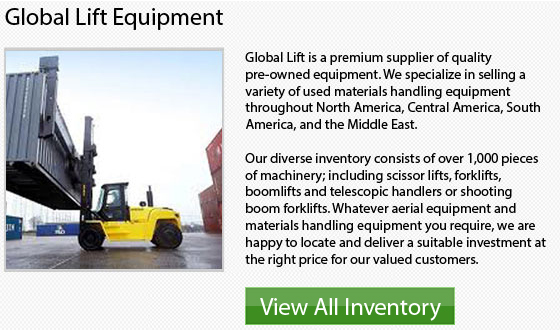
On the market today are lift trucks that are classed in 7 various classes. categories 1-4 include lift trucks which are engineered specially to operate on smooth surfaces indoors. They can be chosen for particular aspects of recycling that happen in those types of settings. For more intensive outdoor recycling operations, categories V and VII forklifts are typically used.
Numerous companies have some or all of their applications outside and need to handle workloads considered extreme. Their forklift selection will gravitate toward Internal Combustion machines in Class V and Class VII. These models work well in any climate and have sufficient power to run heavy items during the course of a shift.
One more key thing to take into account is to utilize a lift truck safely. Understanding and acknowledging the center of gravity is really necessary when operating a forklift, particularly when traveling on uneven terrain. Knowing the stability triangle in these difficult work situations is also very important.
Often, warehouses may employ different kinds of reach trucks. Some manufacturing operations and the supply area for many textile firms also depend on various models. Using a reach truck to store finished goods on pallets, a range of materials and other pieces of machines is common. These machinery help in keeping a facility organized and allow them to utilize the maximum amount of space by stacking vertically. Reach trucks are fairly simple to use. They can help make better use of both time and available storage space.
It is highly better to purchase a brand new lift truck if you are going to need the forklift for 4 to 8 hours a day. With such continuous utilization, the warranty alone can come in handy. If, on the other hand, you are just unloading and loading on a bi-weekly basis or not very often, then a second-hand unit might be suitable for your requirements. Each situation is different and you would have to evaluate your individual requirements prior to selecting a suitable machinery.